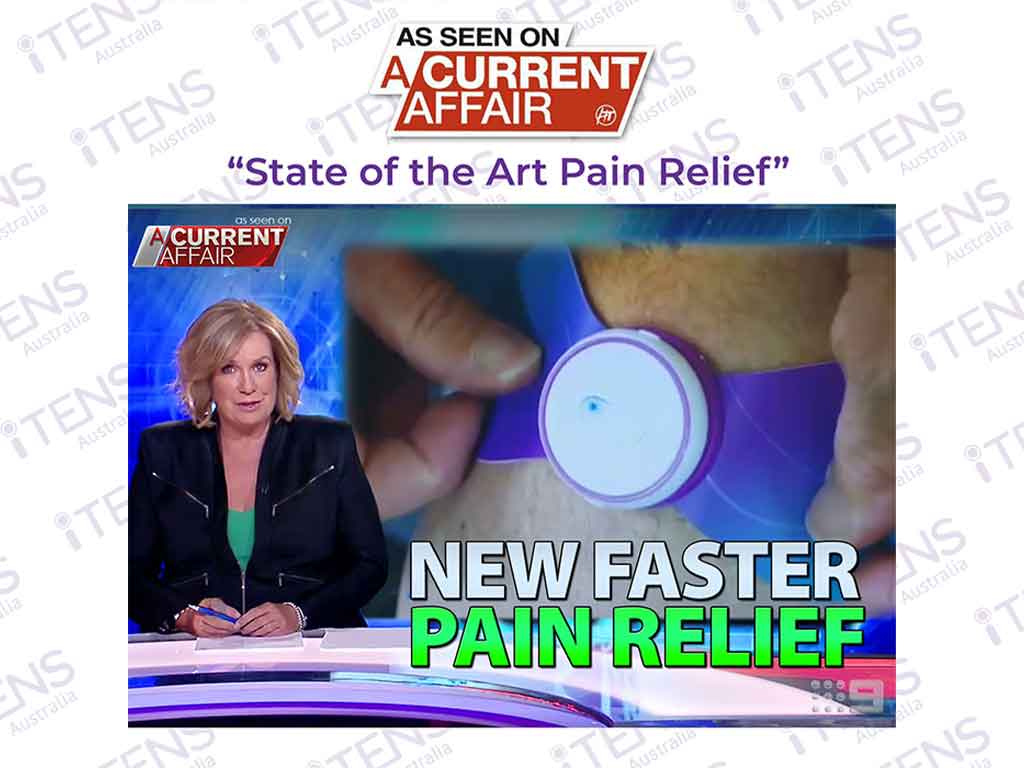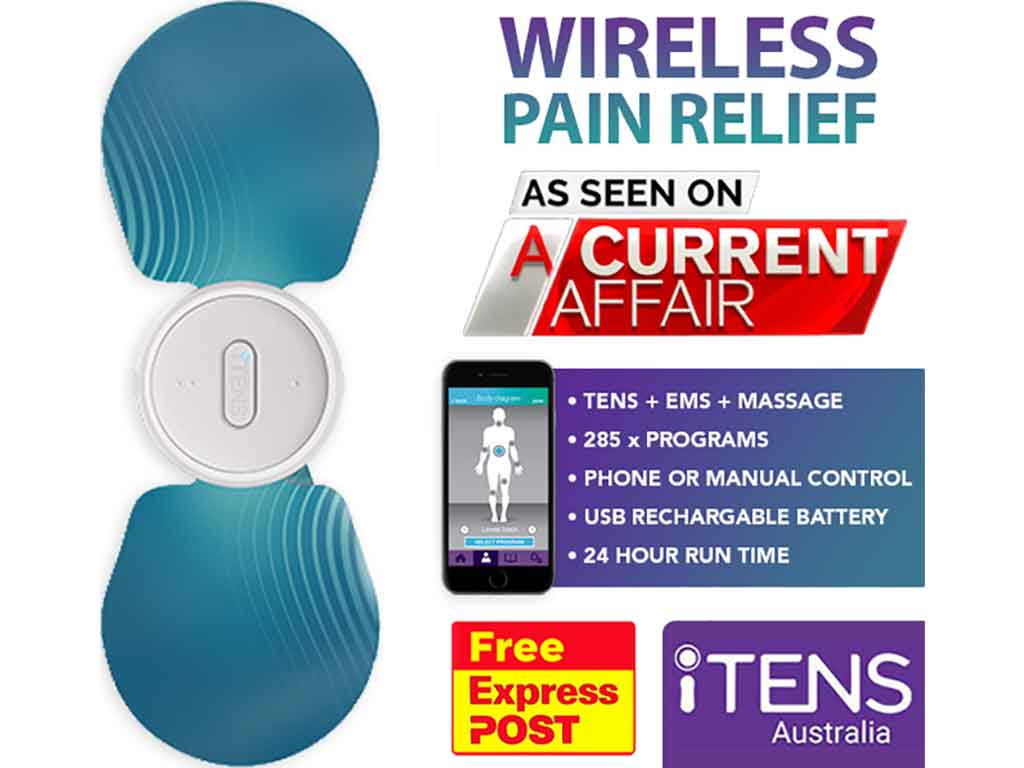
An electronic nerve stimulator is a device that can provide pain relief. It works by blocking pain signals from reaching the brain. Additionally, it can trigger the release of endorphins. Hence, electric nerve stimulators can help with different types of pain. These include neuropathic pain, musculoskeletal pain, and visceral pain. They are typically used in pain clinics. However, technological advances have enabled individuals to use portable electrical devices in the comfort of their homes.
After certain injuries, surgeries, or medical conditions, individuals often experience discomfort, limited mobility, or muscle weakness. Conventional methods of pain management, such as medications or physical therapy, may not always provide sufficient relief. Additionally, some individuals may prefer to avoid medication due to concerns about side effects or dependency. Fortunately, an electrical nerve stimulator provides a non-invasive and medication-free treatment approach. This article will present electrical nerve stimulators, including their mechanism of action and treatable conditions.
What is an Electronic Nerve Stimulator?
An electronic nerve stimulator is a tool that uses low-voltage electric current to provide pain relief. It consists of a control unit and sets of electrodes. The adhesive electrode pads send electrical currents to stimulate the nearby nerves to reduce pain. The machine can also be used in conjunction with other treatments, such as painkillers.
There are two types of stimulator devices. Firstly, a standard machine has a handheld push-button remote and wires connecting to the electrode pads. Secondly, a wireless machine utilises Bluetooth technology to connect to a smartphone app. It is a popular choice among individuals who prefer more convenient and on-the-go pain management. Nevertheless, both types deliver adequate electrical stimulation.
Nerve stimulator devices are effective in managing many pain types. This includes joint pain, musculoskeletal pain, neuropathic pain, and postoperative pain. Pain specialists or physical therapists utilise nerve stimulator devices to help their patients recover from injuries. Typically, people see nerve stimulator units inside medical facilities. Fortunately, there are devices available for personal use.
Brief History of Electrical Nerve Stimulation for Pain Relief
- Late 18th century: Luigi Galvani discovers the effect of electricity on the nerves by observing frog legs twitching when exposed to electrical currents.
- Early 19th century: Experiments by Giovanni Aldini demonstrate the potential of electrical stimulation for pain relief in humans.
- 1960s: Melzack and Wall propose the Gate Control Theory, suggesting electrical signals could “gate” pain perception in the spinal cord.
- 1970s: Introduction of Transcutaneous Electrical Nerve Stimulation (TENS) devices for pain management, delivering low-voltage electrical currents through skin electrodes.
- 2000s: Advances in technology lead to smaller, more precise devices with improved effectiveness and fewer side effects.

Mechanisms of Action Behind Electronic Nerve Stimulators
Electronic nerve stimulators send electric currents through electrode patches that people place on clean and dry skin. These currents produce two general responses from the body, particularly the central nervous system. The first method is based on the Gate Control Theory of Pain. During treatment, the pain gate mechanism in the spinal cord closes. Therefore, it inhibits the transmission of pain messages to the brain.
The second mechanism involves the stimulation of endorphin production. Electrical nerve stimulators let the body produce more endorphins. Endorphins bind to opioid receptors and inhibit them from sending pain messages. They are also known as natural painkillers as they have similar effects to morphine.
Furthermore, they have a positive impact on the circulatory system. The electrical pulses or mild vibrations boost blood circulation in the affected area. This helps to reduce inflammation, relax the muscles, and promote faster recovery of damaged tissues and nerve regeneration. Overall, these mechanisms make electrical nerve stimulators a valuable tool in pain management.
Low and High Frequencies
The pulse rate or frequency of the stimulation is adjustable to suit to different needs or preferences. Low frequency (10 Hz and below) causes the nerves to become less sensitive. It is also the ideal setting to trigger the release of endorphins. Furthermore, low vibrations give massaging effects.
Meanwhile, high-frequency (50-120 Hz) stimulate the sensory nerves to block pain. This has short pulses and intensity, often characterised by strong but comfortable sensations. It is an appropriate setting for people with acute pain. It also has an analgesic effect on activity-induced musculoskeletal pain and fatigue and increases mobility.

Types of Pain Electronic Nerve Stimulators Can Help With
An electronic nerve stimulator can relieve neuropathic pain. This pain condition is caused by damage or dysfunction in the nervous system. It is often described as sharp, shooting, or burning. Also, it can be difficult to treat with traditional pain medication. Some neuropathic conditions include diabetic neuropathy, sciatica, carpal tunnel syndrome, and phantom pain.
In addition, an electrical nerve stimulator can relieve musculoskeletal pain. This type of pain refers to discomfort that occurs in the muscles, bones, tendons, and ligaments. It can manifest in various ways, including aching, stiffness, and sharp or dull pain, and may be localised to a specific area or widespread. Musculoskeletal pain conditions include joint pain, arthritis pain, and back pain.
Furthermore, the nerve stimulators can help alleviate visceral pain, which originates from the internal organs. This condition includes primary dysmenorrhoea, labour pain, and endometriosis. It is advisable to consult a healthcare professional on the fitness of using the machine for pain management. This is because electrotherapy may not be suitable for those with heart problems, epilepsy, cognitive impairment, implanted devices, and pregnant women.
Signs to Seek Professional Help
If an individual experiences new or worsening discomfort while using a nerve stimulator, it is essential to consult a health professional. This may indicate an underlying issue that needs to be addressed. If persistent or severe skin irritation develops despite proper skin preparation and electrode maintenance, consulting a doctor is also advisable. This can help identify potential allergic reactions or other skin-related concerns.
Furthermore, any unexpected adverse reactions, such as dizziness, headaches, or unusual sensations, should prompt a visit to a healthcare professional. These reactions may signal an inappropriate response to electrotherapy and require further evaluation.
Conclusion
In conclusion, electronic nerve stimulators offer effective pain relief by sending low-voltage electric currents through electrode patches. They work by closing the pain gate mechanism in the spinal cord, reducing the transmission of pain signals to the brain. Additionally, they stimulate the production of endorphins, the natural pain relievers of the body. Furthermore, electrical nerve stimulators improve blood circulation, reduce inflammation, relax muscles, and promote tissue healing.
Electrical nerve stimulators offer relief for various types of pain, including neuropathic, musculoskeletal, and visceral pain. They provide a non-invasive alternative for managing discomfort that may not respond well to traditional pain medication. However, individuals must consult healthcare professionals before using these devices, especially if they have certain medical conditions. Additionally, seeking professional help is necessary if experiencing new or worsening discomfort, persistent skin irritation, or unexpected adverse reactions while using a nerve stimulator.







